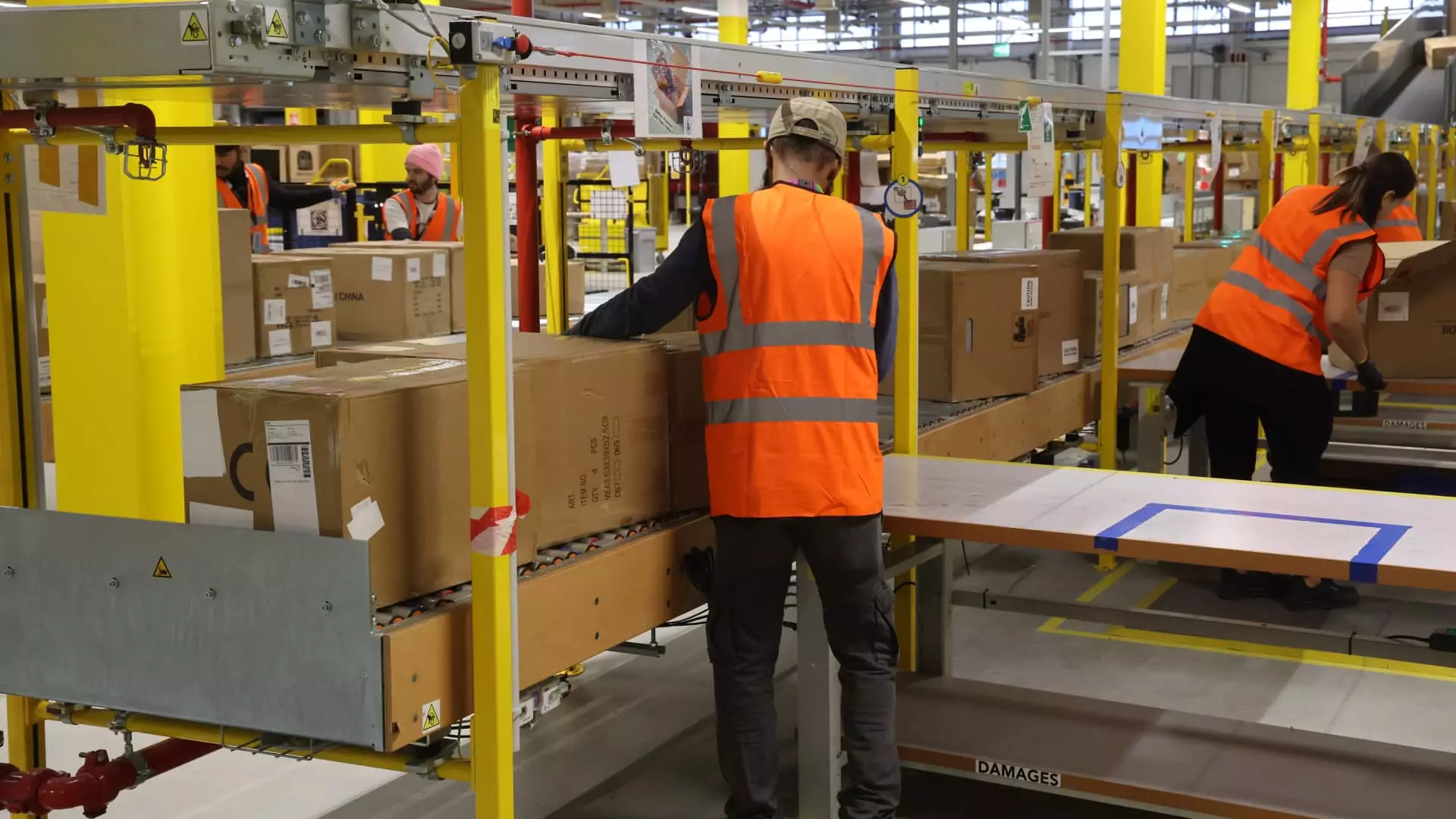Amazon’s recent milestone of deploying its millionth robot underscores a seismic shift in industrial automation. This extensive integration of mobile robots within Amazon’s global network signifies more than just technological progress—it highlights an aggressive pursuit of operational efficiency and cost reduction. The deployment of such a vast robotic fleet demonstrates the company’s commitment to maintaining a competitive edge by leveraging automation to streamline warehouse logistics and fulfillment processes.
The introduction of the “DeepFleet” AI model marks another pivotal advancement. By orchestrating the movements of thousands of robots with enhanced precision, Amazon not only speeds up package handling but also reduces operational costs. The anticipated 10% decrease in travel time for these autonomous units suggests a future where delivery pipelines become even more rapid and reliable, setting a benchmark for the entire industry.
This embrace of robotics, however, is not solely driven by the allure of greater productivity. It raises fundamental questions about the evolving nature of work in a heavily automated environment. Amazon’s reliance on robots accelerated its growth trajectory, yet it simultaneously intensified the debate on how such automation affects employment levels.
The Double-Edged Sword of Automation
While automation undeniably brings heightened efficiency, the broader implications on the labor market are complex and contentious. The narrative that robots complement human workers by handling heavy or monotonous tasks is often repeated by industry leaders, including Scott Dresser, Amazon’s Vice President of Robotics. Yet, this reframing often masks the stark reality—jobs being displaced and roles transforming rapidly.
AI and robotic innovations are progressing at a pace that threatens traditional manufacturing and warehouse roles. The deployment of humanoid robots capable of mimicking human movement suggests that even tasks requiring dexterity and nuanced judgment could eventually be automated. Such developments fuel fears of mass layoffs and destabilization of employment security.
A Pew Research survey underscores this anxiety, revealing that both experts and the public recognize factory workers as highly vulnerable to AI-driven job losses. Despite Amazon’s claims that robots create new opportunities—particularly in technical roles—the reality remains that many lower-skilled positions are at risk. Technological advancements tend to concentrate gains among corporate giants while leaving vulnerable workers in the crossfire.
The reality of job cuts, exemplified by Amazon’s reduction of over 27,000 roles in recent years, exemplifies this trend. Other tech giants, like Shopify, echo similar concerns, warning that AI’s proliferation will inevitably lead to workforce reductions across various sectors. The narrative is clear: automation’s promise of efficiency comes with a cost—a potential decline in employment for millions.
Balancing Innovation with Responsibility
Despite the concerns, some industry voices argue that automation can coexist with employment if managed responsibly. Amazon’s recent investments in high-tech roles in Louisiana’s new fulfillment center suggest a vision where robots and humans work in tandem, each focusing on tasks suited to their strengths. This hybrid approach hints at a future where roles evolve rather than disappear.
However, the challenge lies in societal adaptation. As AI and robotics become deeply embedded in the economic fabric, workers displaced by automation need support and reskilling opportunities. Policymakers, educators, and corporations share a responsibility to ensure the benefits of technological progress do not come at an unsustainable human cost.
The question remains: can the rapid pace of automation be harmonized with workforce stability? While innovation drives us toward unprecedented efficiency and productivity, neglecting the human side risks widening economic inequality and social unrest. Striking this balance demands bold strategic thinking and a commitment to inclusive growth—an imperative for any society aiming to thrive in the age of AI.


Leave a Reply